Arthur Besse
cultural reviewer and dabbler in stylistic premonitions
- 23 Posts
- 117 Comments

 25·1 month ago
25·1 month ago/r/shittyaskredditwasn’t supposed to be an instruction manual 🙄

 31·1 month ago
31·1 month ago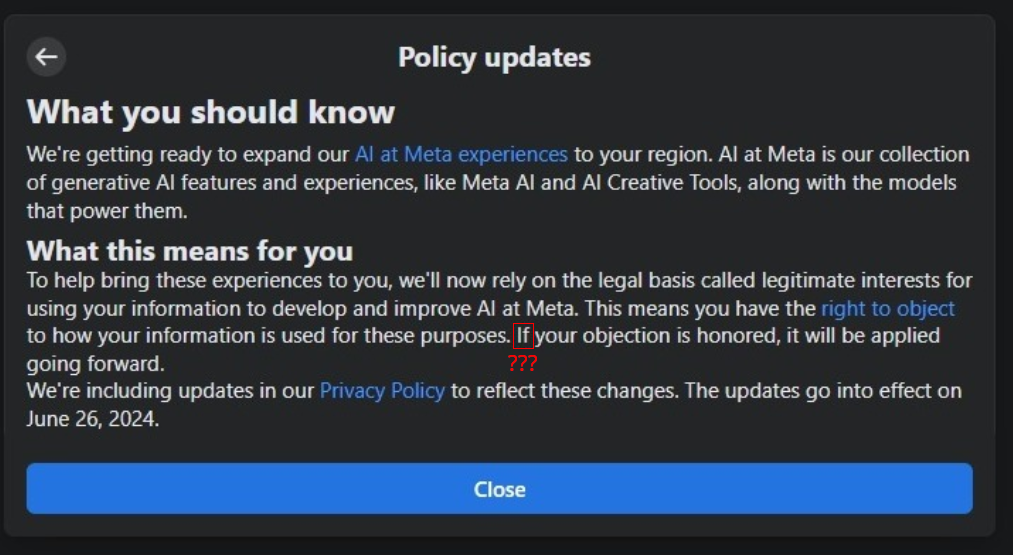
If your objection is honored, it will be applied going forward

 18·2 months ago
18·2 months agoand later it will turn out that the AI solution was actually two clickworkers in a trenchcoat

 2·2 months ago
2·2 months agobecause i thought the situation described by the post was tragicomic (as was somewhat expressed by the line from it quoted in the post title)

 1·2 months ago
1·2 months agoYou can use Wireshark to see the packets and their IP addresses.
https://www.wireshark.org/download.html
https://www.wireshark.org/docs/
A word of warning though: finding out about all the network traffic that modern software sends can be deleterious to mental health 😬

 2·2 months ago
2·2 months agoI do have wireguard on my server as well, I guess it’s similar to what tailscale does?
Tailscale uses wireguard but adds a coordination server to manage peers and facilitate NAT traversal (directly when possible, and via a intermediary server when it isn’t).
If your NAT gateway isn’t rewriting source port numbers it is sometimes possible to make wireguard punch through NAT on its own if both peers configure endpoints for eachother and turn on keepalives.
Do you know if Yggdrasil does something similar and if we exchange data directly when playing over Yggdrasil virtual IPv6 network?
From this FAQ it sounds like yggdrasil does not attempt to do any kind of NAT traversal so two hosts can only be peers if at least one of them has an open port. I don’t know much about yggdrasil but from this FAQ answer it sounds like it runs over TCP (so using TCP applications means two layers of TCP) which is not going to be conducive to a good gaming experience.
Samy Kamkar’s amazing pwnat tool might be of interest to you.

 2·2 months ago
2·2 months agoI have a device without public IP, AFAIK behind NAT, and a server. If I use bore to open a port through my server and host a game, and my friends connect to me via IP, will we have big ping (as in, do packets travel to the server first, then to me) or low ping (as in, do packets travel straight to me)?
No, you will have “big ping”. bore (and everything on that page i linked) is strictly for tunneling which means all packets are going through the tunnel server.
Instead of tunneling, you can try various forms of hole punching for NAT traversal which, depending on the NAT implementation, will work sometimes to have a direct connection between users. You can use something like tailscale (and if you want to run your own server, headscale) which will try its best to punch a hole for a p2p connection and will only fall back to relaying through a server if absolutely necessary.

 5·2 months ago
5·2 months agoSee https://github.com/anderspitman/awesome-tunneling for a list of many similar things. A few of them automatically setup letsencrypt certs for unique subdomains so you can have end-to-end HTTPS.

 7·2 months ago
7·2 months agoMattermost isn’t e2ee, but if the server is run by someone competent and they’re allowed to see everything anyway (eg it’s all group chat, and they’re in all the groups) then e2ee isn’t as important as it would be otherwise as it is only protecting against the server being compromised (a scenario which, if you’re using web-based solutions which do have e2ee, also leads to circumvention of it).
If you’re OK with not having e2ee, I would recommend Zulip over Mattermost. Mattermost is nice too though.
edit: oops, i see you also want DMs… Mattermost and Zulip both have them, but without e2ee. 😢
I could write a book about problems with Matrix, but if you want something relatively easy and full featured with (optional, and non-forward-secret) e2ee then it is probably your best bet today.

 14·2 months ago
14·2 months agoWhat’s the old saying, Ben Franklin said it if I remember right?
Those who would give up freedom in exchange for security deserve neither and will lose both.
The original phrasing was “Those who would give up essential Liberty, to purchase a little temporary Safety, deserve neither Liberty nor Safety.” but Franklin didn’t mean what most people quoting it today assume that he meant. (The author of that article is contemptible imo, being the sort of person who often writes things similar to the NYT Opinion piece which this thread is about, but I think his analysis of this particular quote is probably correct. You can read Franklin’s original use of the phrase in context here.)

 35·2 months ago
35·2 months ago“First-term state Rep. Roger Wilder, R-Denham Springs, who sponsored the child labor measure and owns Smoothie King franchises across the Deep South, said he filed the bill in part because children want to work without having to take lunch breaks.”
https://knowyourmeme.com/memes/the-children-yearn-for-the-mines

 5·3 months ago
5·3 months agoTuta is most likely a honeypot, and in any case it is pseudo-open source so it’s offtopic in this community.
As the image transcript in the post body explains, the image at the bottom is a scene from a well-known 1998 film (which, according to Wikipedia, was in 2014 selected for preservation in the United States National Film Registry by the Library of Congress as being “culturally, historically, or aesthetically significant”).
This meme will not make as much sense to people who have not seen the film. You can watch the referenced scene here. The context is that the main character, The Dude (played by Jeff Bridges) has recently had his private residence invaded by a group of nihilists with a pet marmot (actually portrayed by a ferret) and they have threatened to “cut off his Johnson”. In an attempt to express sympathy, The Dude’s friend Walter (played by John Goodman) points out that, in addition to the home invasion and threats, the nihilists’ exotic pet is also illegal. The Dude’s retort “what, are you a fucking park ranger now” is expressing irritation with that observation, because it is insignificant compared with the threat of the removal of his penis.
This meme attempts to draw a parallel between this humorous scene and XZ developer Lasse Collin’s observation that the XZ backdoor was also a violation of Debian’s software licensing policies.
Thank you for reading my artist’s statement.

 2·3 months ago
2·3 months ago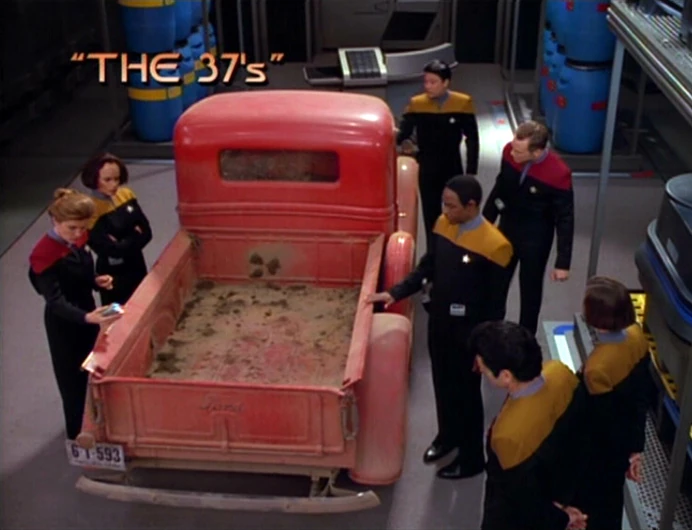

 1·3 months ago
1·3 months agoNot necessarily true - that right to modify/redistribute depends on the exact license being applied.
If you don’t have the right to modify and redistribute it (and to do so commercially) then it does not meet the definitions of free software or open source.
For example, the Open Watcom Public License claims to be an “open source” license, but it actually doesn’t allow making modifications.
The Sybase Open Watcom Public License does allow making modifications, and distributing modified versions. The reason why the FSF has not approved it is that it requires you to publish source code even if you only wanted to run your modified version yourself and didn’t actually want to distribute anything to anyone. (The Watcom license is one of the few licenses which is approved by OSI but not FSF. You can see the other licenses which are approved by one but not the other by sorting this table.)
The FSF’s own AGPL license is somewhat similar, but it only imposes the requirement if you run the software for someone else over a network. (Neither of these requirements are likely to be enforceable by copyright law, as I explained in my comment about the AGPL in the thread which this thread is about…)
This is also why we specifically have the terms “free software” or “FOSS” which imply they you are indeed allowed to modify and redistribute.
I would recommend reading this: https://www.gnu.org/philosophy/open-source-misses-the-point.en.html
I would recommend that you re-read that, because it actually explains that the two terms refer to essentially the same category of software licenses (while it advocates for using the term free software to emphasize the philosophical aspects of those licenses).

 1·3 months ago
1·3 months agoOpensource just means that the source code is available, FOSS however implies that you’re free to modify and redistribute the program
Incorrect. “Open Source” also means that you are free to modify and redistribute the software.
If the source code is merely available but not free to modify and/or redistribute, then it is called source-available software.

 1·3 months ago
1·3 months agoThanks. They are no longer a mod of this community. (I wrote this comment to them and they did not reply.)







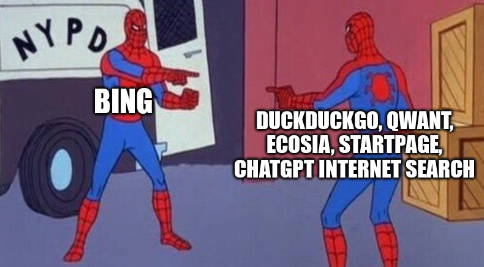






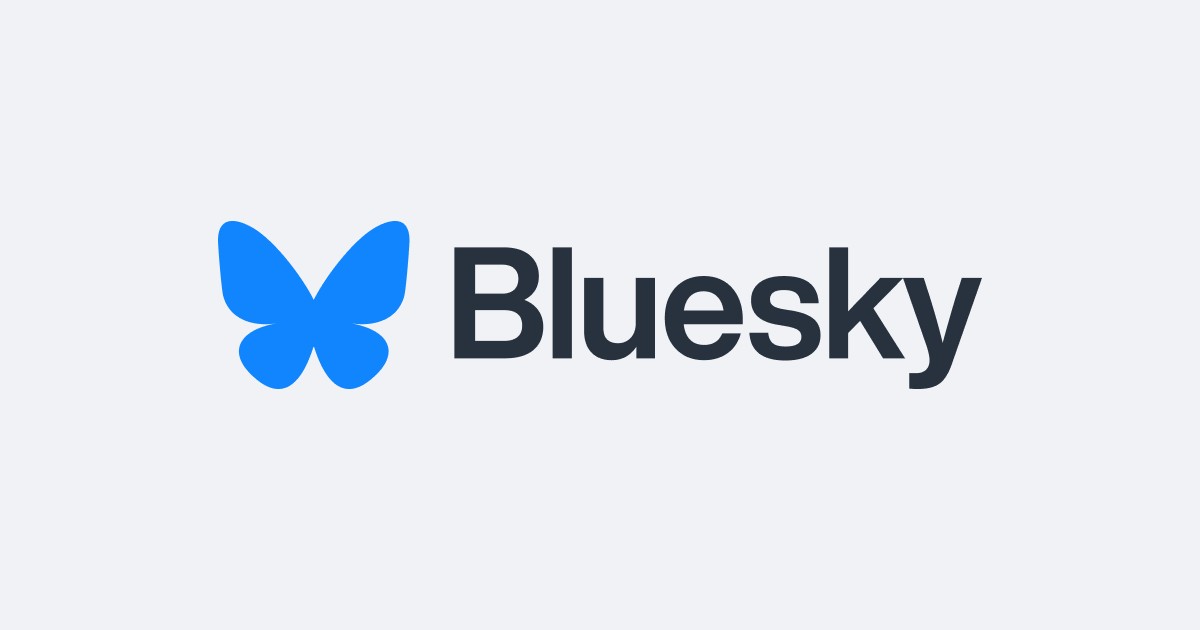



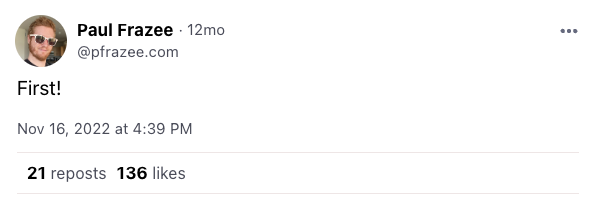


https://en.wikipedia.org/wiki/Chad_Bianco